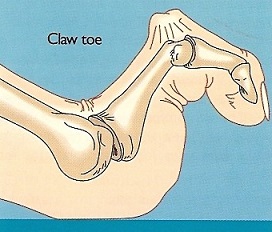If untreated, skin blisters and cracks caused by Athlete's Foot can cause serious bacterial infections.
The treatment of Athlete's Foot depends on the type and extent of the fungal infection, so it is important to consult your podiatrist before choosing a therapy.
Athlete's Foot can usually be treated with antifungal creams. Re-infection is common, so it is important to continue the therapy as prescribed, even if the fungus appears to have gone away.
Lasting cases of Athlete's Foot may require foot soaks before applying antifungal creams.
Severe infections that appear suddenly (acute) usually respond well to treatment.
Toenail infections that develop with Athlete's Foot tend to be more difficult to cure than fungal skin infections.
For additional questions, contact our InStride Family Foot Care at 704 -786-4482 or visit at
http://www.familyfootcare.info/.









